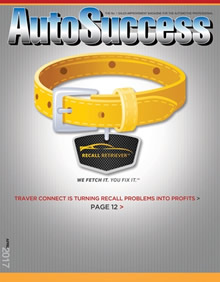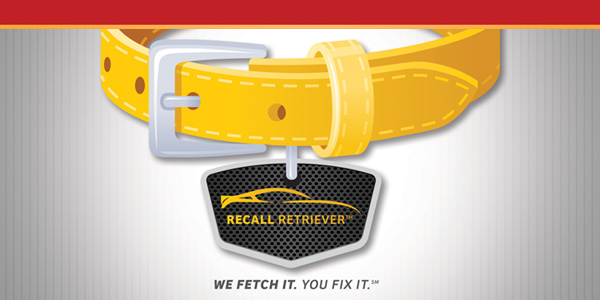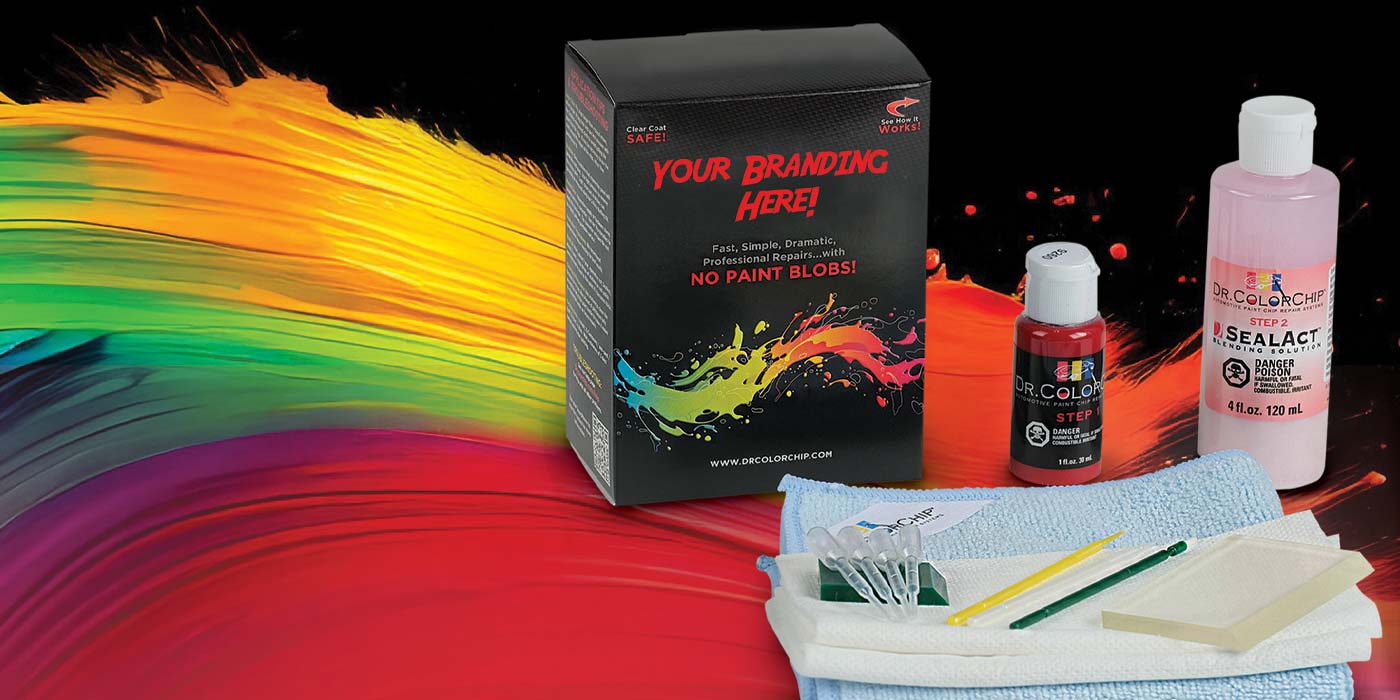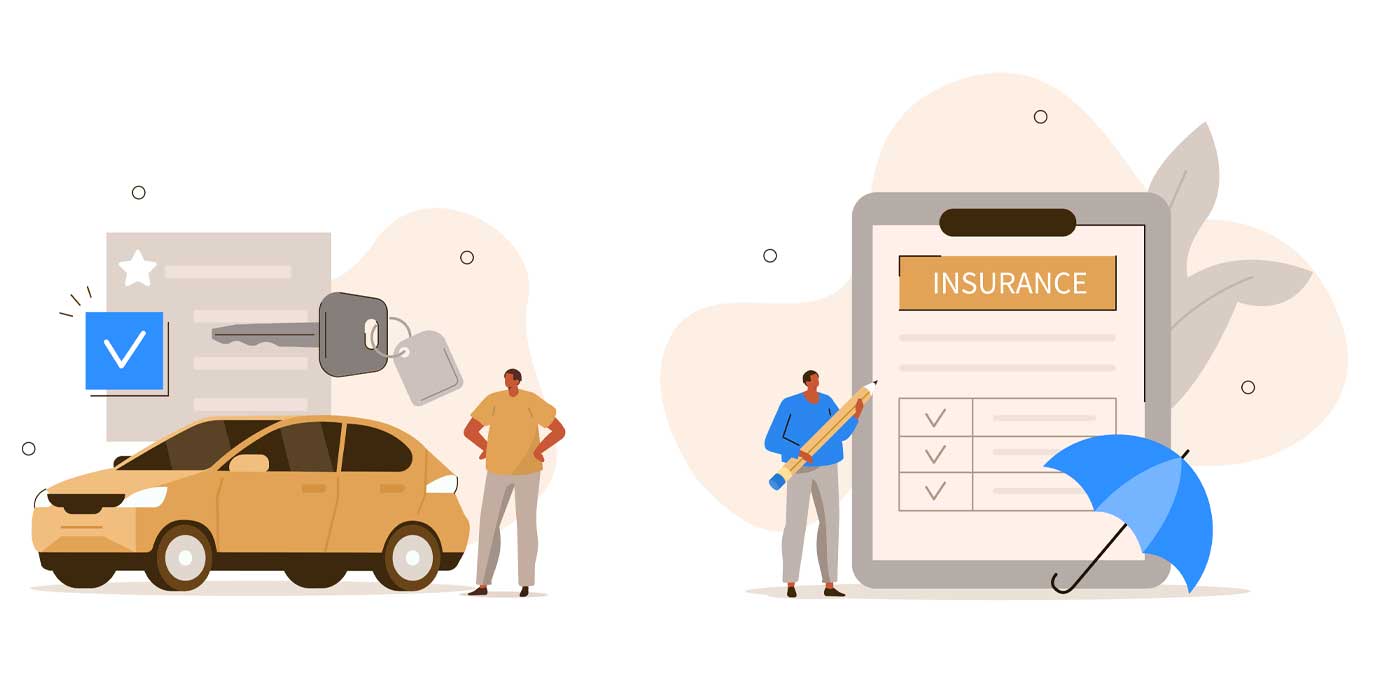 THE RECALL POOL
THE RECALL POOL
OEMs have been flooding dealers with recall opportunities and the response is typically one of two different views on this tidal wave: Some see it as a problem while others see the opportunity. For the strategic-minded dealership, it’s a perfectly profitable storm.Viewing the trailing trend and now with three record setting years of recalls in a row — 50.99M in 2014, 51.26M in 2015 and 53.2M in 2016 — the precedent seems to be that manufacturers are taking a preemptive approach to consumer safety. These recalls potentially tee up the retailers where dealerships are expected to respond to this incredible trend and volume of recalls.
Dealerships who have recognized this trend include Priority Automotive Group out of Richmond, Virginia, representing multiple dealerships, including Toyota, Nissan and Volkswagen. Kevin Shea, who oversees fixed operations with this dealer group, noted the recall trend from their perspective: “What we hear from our manufacturing partners is they are going to be proactive and we’re being told it’s going to be a strong recall market through 2021. We weren’t doing a good job with the volume of calls these recalls are generating.”What’s interesting is this is not just a service department opportunity — it is also a sales department opportunity. The similar need between sales and service profitability definitely has a common core. “On the front end of a dealership, you’ll need quality showroom traffic — ideally appointment-based business. On the service side, the rules of engagement are largely the same. Recalls have presented a perfect opportunity for customers to have work scheduled back at the dealership with part of their bill already pre-paid,” said John Traver, CEO of Traver Connect, a Service BDC solution firm located in Dallas, Texas.
The most profitable view is seeing the recall as the reason for the next service lane visit. Dealerships who are maximizing each recall opportunity have simply connected the dots between warranty pay revenue, additional customer pay revenue, service retention and, ultimately, service-to-sales retention. “Recalls create an ideal model for quality service lane traffic,” Traver said.
In order to take advantage of these opportunities, a dealership needs to have a process for contacting, communicating and scheduling recalls. “I can’t say that we had a specific recall process in the past,” Shea said. “We mostly relied on the manufacturer to notify customers and they just waited for them to call the dealership should they choose us.” The first step in the process for recalls is mapping out the most effective and cost-efficient process for proactively pursuing, not waiting around, for recall opportunities. Priority Group utilized Traver Connect, its Service BDC partner, for this service, as the firm also provided an inexpensive and seamless solution for addressing the recall opportunities in each of their dealerships.
“It was like pulling teeth,” Shea said about getting his service advisors to make those calls. “We’ve tried doing it ourselves, but it was very inconsistent. If we’re not standing over our advisors, they’re not going to do it.
“With our Service BDC partner, I know they will pull the list or I can send a list, and the customers will be contacted professionally and through multiple, organized attempts,” Shea said. “I can see their efforts and results in real-time and it quickly shows a far better performance than if I did it internally and costs us less. So it’s one less thing we have to manage, and they have made us better.”
GETTING RECALLS RIGHT
While open recalls remain an opportunity to earn back customers, it’s also an opportunity to lose them. This is highlighted when comparing the 2015 and 2016 Customer Service Index (CSI) studies performed by J.D. Power. The study uncovers a dramatic change in opinion year over year from the consumer’s point of view.
The 2015 CSI press release is titled, “Despite ThreeYear Increase in Recalls, Satisfaction among Recall Customers Continues to Climb.” Compare that to the title of their CSI press release for 2016, “Automotive Recalls Drive Decline in Service Satisfaction.”
J.D. Power reports in their 2015 CSI study press release, “Satisfaction is eight points higher among customers with a recall visit than among those with a repair visit.”
The 2016 version states, “As recall numbers soar, customer satisfaction with recall service drops to 781 on a 1,000-point scale in 2016, down from 789 in 2015. In comparison, satisfaction among customers with non-recall servicing averages 809 in 2016.”
It is clear that to fully realize the opportunity recalls offer the service lane, a dealership needs to be organized and provide a quality experience. This process begins with a roadmap for contacting each customer and working with them to schedule the service appointment. Then it will continue through the dealership service experience. If, for example, a customer has to wait too long, a dealership will be perceived as a last resort for service, meaning future customer visits are unlikely.
The 2016 J.D. Power study states that 17 percent of customers will wait less than one hour for basic service. Because recall work typically requires more than an hour, keeping customers happy points back to scheduling appointments, managing expectations and even encouraging drop-offs. This is why building a recall process or leveraging an existing recall process with a vendor partner may be the best route for dealerships wanting to capitalize on both recall work and customer pay revenue.
Regardless of an internal or external solution, loading your shop will also affect your employees. “When scheduling recall appointments, we need to ensure we’re scheduling within the parameters of what the dealership can handle,” Shea said. “For example, Toyota is very specific in terms of who can perform a recall. Out of the 16 technicians in our shop, I only have eight who can perform certain recalls. Right now, airbags are a common recall. If I load up one person with those recalls, that’s all they’re going to do all day. And because the pay for this work is not perceived as a positive by most technicians, that technician isn’t going to be happy. So we have to take all of these things into consideration and come up with a plan that will work.”
Consumers also have a particular bent on how they see recall work. The 2016 J.D. Power CSI study also reports that customers perceive a dealership will not give recall work the same attention as when general maintenance and repair work is performed. The study also cites that customers who had recall work performed were less likely to have their vehicles returned clean to them — and with the same settings — as when they brought their vehicle in, as compared to customers who had non-recall work performed. It appears these vehicles are treated as “second-class” in the eyes of many customers. This is easy to avoid when a shop-loading and quality control process is in place.
To prevent discontent among employees, first spread out the recall and non-recall work amongst technicians when scheduling appointments. Utilizing proper scheduling and shop-loading rules is too important to leave to chance. It is also essential to achieving customer retention while maintaining a culture of happy technicians. Dealerships need to either build an internal team for this effort or find the right partner, but either way, they will be on their way to profitable gains and retained customers.
MAXIMIZING EACH OPPORTUNITY
Once the customer pulls up into the service drive, what’s next comes down to providing a consistent and disciplined process. Some keys to this consistent experience for each customer should include:
- Meet and greet the customer promptly and professionally when they arrive.
- J.D. Power reports that service satisfaction improves 44 points when a customer is greeted within two
minutes of arrival.
- J.D. Power reports that service satisfaction improves 44 points when a customer is greeted within two
- Use a time/mileage approach to informing the customer of any necessary maintenance items due on the
vehicle.- J.D. Power reports the average service-spend by customers who are not notified of time/mileage needs
on the visit is $171, while those who are notified averages $277.
- J.D. Power reports the average service-spend by customers who are not notified of time/mileage needs
- Write the RO and establish expectations of time and promise for updates and communication.
- Return the vehicle clean and with all settings as received (radio, seat, etc.)
- Follow up the next day to ensure all is well and satisfaction is present.
- Offer to schedule their next service appointment.
Seeing the big picture may be the most profitable piece of implementing a recall strategy. Shea pointed out how serious his group is about service retention as it relates to new vehicle sales: “We have a strong retention program here at Priority. Our customers get free oil changes as long as they own their cars. But generally, a lot of the customers we are seeing are customers who have not been in or have defected from other dealerships. We see this as a sales strategy too.”
With recalls being open for up to 10 years and the sheer volume of open recalls on the roads today, dealership profitability will be impacted through service revenue, and recalls seem to be a great avenue for driving quality service lane traffic.
Traver Connect offers a complete suite of Service BDC solutions enabling dealers to maximize service lane opportunities. Their professionally trained teams, industry-leading software and wellexecuted best practices are assisting clients to grow consistently and profitably. TraverConnect.com














